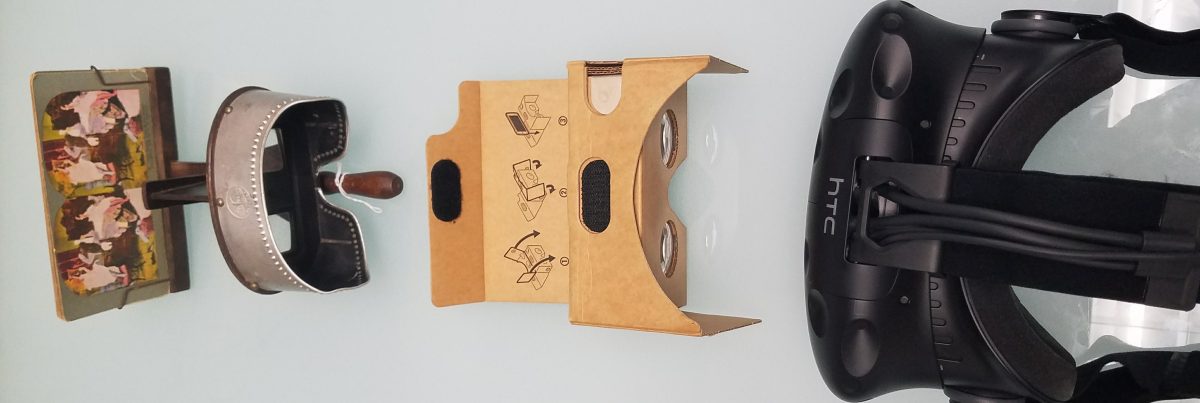Using inspiration from Mary Shelley’s Frankenstein in order to develop a empathy evoking virtual reality (VR) program, I have an idea for a VR cinematic experience that puts the user into a world with no explanation. Once in the world they are exposed to a variety of things. The things have not been defined yet, but their intention is to start giving the viewer something to start constructing the world around them. Maybe characters get introduced who start feeding dialogue, or present documents. Maybe some sort of light is turned on, or some sound is heard in the environment. What is presented to the viewer does not immediately answer their questions or concerns, but rather continues to make them ask more questions.
The experience can be used as a method to immerse people into the experiences, and have them feel some sort of connection that evokes empathy. The inspiration from Mary Shelley’s Frankenstein for this comes from the story that the creature tells about his experiences in society (Shelley, pages 75 – 103). In that story the creature spends a lot of time observing and learning about De Lacey’s family. The creature observes the family from a nearby cottage, and in its observations it learns that the family is discriminated against similarly to its on discrimination. It connects with them, and is able to empathize with them without ever actually experiencing empathy towards itself from other humans. That’s an interesting idea to explore within our society and the people who are members of it in 2018. I like the idea of letting a VR user connect dots for themselves, and learn the environment, the subjects, or the character they are embodying.
I am drawing a lot of inspiration from the news stories that the New York Times is using VR for. I believe that is a wonderful use of VR, and a great way to evoke empathy in an audience that has never been exposed to the content they are being immersed to due to VR. I do not have a set scenario to explore yet, but like the New York Times VR experience “The Displaced”, there are a number of stories that need to be told from our fellow humans. I’ve mentioned refugees, but I believe this could be applicable to inner city communities ravaged by gun violence, school communities where the funding is really poor, or areas of the world that have been ravaged by pollution.
Link to Pitch Presentation: https://docs.google.com/presentation/d/1UnaDJ67thyuiPyqLmRYvrQfKMMxtah4ByXl_wyEZaQg/edit?usp=sharing
